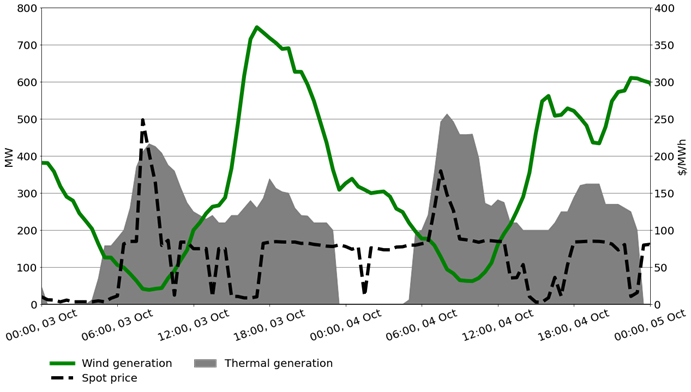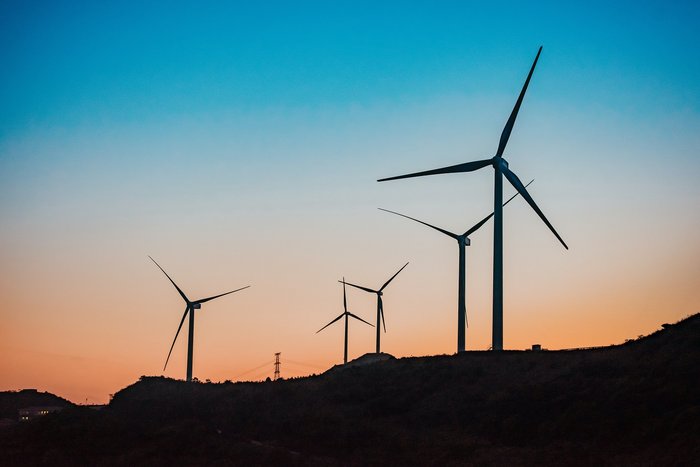Eye on electricity
Changing winds: how wind energy interacts with the New Zealand power system
- Generation
- Low emissions
Electricity in New Zealand is generated from hydro dams, wind farms, geothermal power stations and thermal power stations, which run on coal, gas or diesel. A small percentage of electricity is also generated from solar farms and co-generation.
The majority of New Zealand’s electricity (60-70%) comes from hydro dams - with the largest dams located in the South Island. Many dams have storage, which save water for future use. This allows hydro dams to ramp up and down generation to match electricity demand. Geothermal generates another 15-20% of Aotearoa’s electricity. It produces electricity at a near constant rate and cannot adjust its output.
Wind farms generate between 5-10% of New Zealand’s electricity. Wind generation has no flexibility and is dependent on how the wind is blowing, meaning the electricity market must react to its fluctuating output. Other sources of electricity, like hydro and thermal, must either make way or make up for wind.
There is currently 1.04 GW of wind generation installed in New Zealand, which is about 10% of New Zealand’s total capacity. The largest wind farms are in South Taranaki and the Tararua ranges, with others in Otago, Southland and Wellington.
Wind generation is as tricky to forecast as wind itself, and sometimes an accurate prediction only materialises a few hours in advance. Currently, wind and thermal generation are inversely related. If wind generation is high, thermal generation is generally low and vice versa.
The influence of wind on electricity spot prices and thermal generation can be seen in Figure 1, which shows the spot price between 3-4 October 2022, alongside wind and thermal generation. On 3 October alone, wind fluctuated from roughly 50 MW in the morning to over 700 MW by the evening. The nationally averaged spot price rose close to $250/MWh when wind was low and thermal generation was high. Prices then dropped to roughly $5/MWh when wind was high and thermal generation was lower.

As more wind farms are built, ever improving wind prediction will allow the flexible system surrounding wind generation to react to its fluctuating power output. In a 100% renewable future, hydro generation, and potentially demand response, grid scale batteries and thermal generation - fuelled using biomass - will support wind, instead of fossil fuelled thermal generation.
Related News
Strong inflows push hydro storage above nominal full
Rainy spring weather and snowmelt have caused national hydro storage in New Zealand to increase beyond ‘nominal full’ capacity - and to its highest level since…
Wholesale prices plummet as the proportion of renewables increases
Wholesale electricity prices dropped dramatically in just two months - from over $280/MWh in late August 2025 to an average of $30/MWh in October 2025, the low…
Proposal to collect and publish energy margin information
We want to collect and publish information on generators’ energy margins, and we want to hear your views about our proposed approach.
